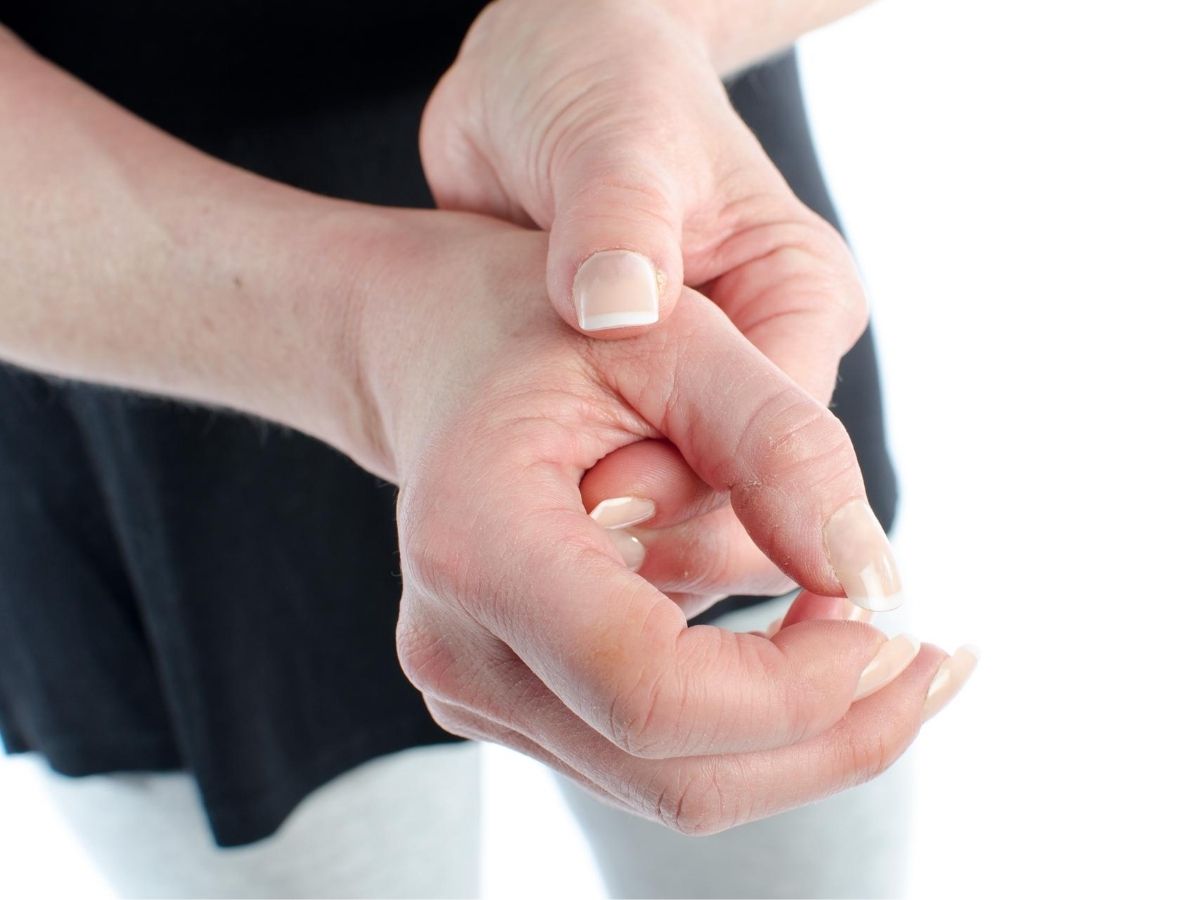De Quervain’s Tenosynovitis

De Quervain’s tenosynovitis or tendonitis occurs from strain, overuse or repetitive movement, or injury or trauma to the thumb. It can sometimes be caused by inflammatory conditions, such as rheumatoid arthritis. In addition, some women experience tenosynovitis during pregnancy and nursing.
Dr. Jason D. Johnson specializes in the treatment of de Quervain tenosynovitis, from mild to severe. Our goal at PHX Plastic Surgery is to restore comfort and function as soon as possible with minimal impact on the patient’s quality of life.

Patient History and Examination
Treatment Options for De Quervain’s Tenosynovitis
De Quervain’s tenosynovitis treatment at the PHX Plastic Surgery may include:
- Steroid injections
- Immobilizing the wrist by wearing a splint or brace to rest your thumb and wrist
- Taking a nonsteroidal anti-inflammatory drug (NSAID) such as ibuprofen (Advil, Motrin) or naproxen (Aleve)
- Surgery
Side Effects and Recovery
Nonsurgical Rehabilitation
If nonsurgical treatment is successful, you may see improvement in four to six weeks. You may need to continue wearing your thumb splint to control symptoms. Try to do your activities using healthy body and wrist alignment. Limit activities that require repeated motions of the wrist and thumb.
After Surgery
Rehabilitation is more involved after surgery. Full recovery could take several months. Pain and symptoms generally begin to improve after surgery, but you may have tenderness in the area of the incision for several months.
You will probably need to attend occupational or physical therapy sessions for six to eight weeks. You’ll begin doing active hand movements and range-of-motion exercises.
